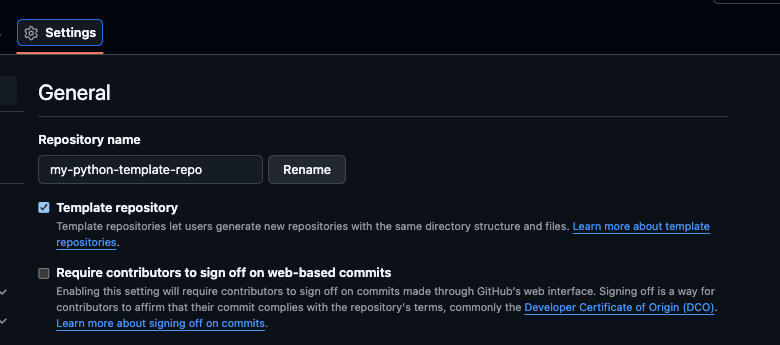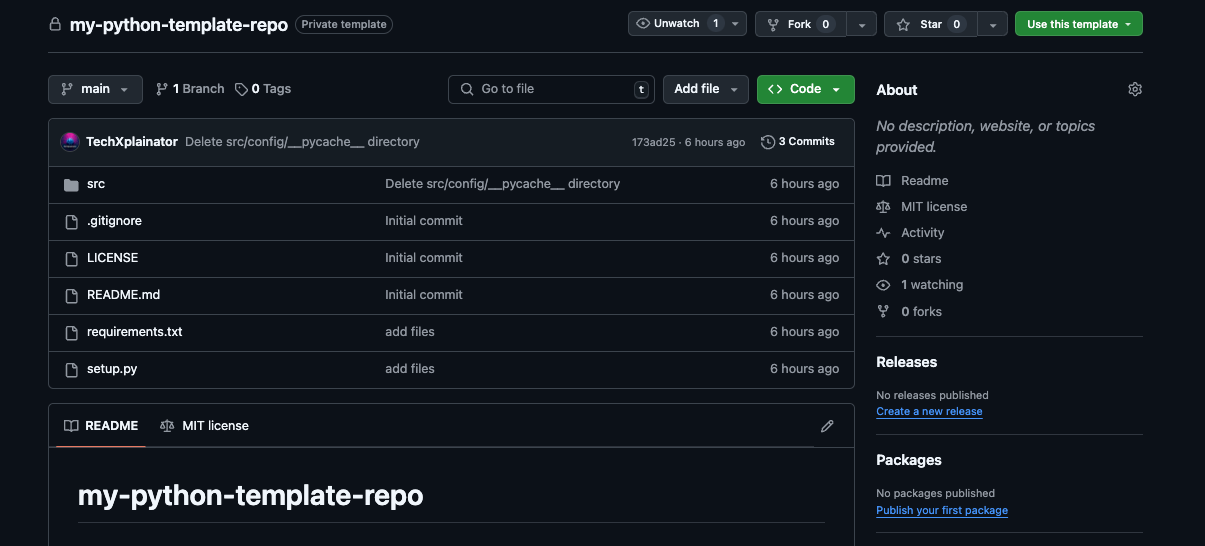Have you ever felt like you're wasting hours setting up the same GitHub repository structure over and over again?
Every time you start a new project, you're copying the same README templates, configuring the same CI/CD pipelines, and setting up identical testing frameworks.
If you're more of a visual learner or simply want to see how it's done, I recommend checking out my YouTube tutorial. It covers everything step-by-step.
Why GitHub Repository Templates Matter
In this article, I'll reveal how GitHub repository templates can transform your development workflow, slashing project setup time from hours to minutes. You'll learn exactly how to create a reusable template repository that automatically includes all your essential files and configurations.
Creating new repositories from scratch means repeatedly setting up the same files and structure - your README, license, testing framework, CI/CD workflows, and project configuration. HOURS wasted!
Creating Your Template Repository
GitHub repository templates solve this by letting you create a reusable blueprint.
-
Develop a Comprehensive Base Repository
First, create a new repository with all the essential files you'll need. For example, if it's a Python project, you might include a detailedREADMEexplaining the project structure, a.gitignorefile configured for Python, and an appropriate license. The specific files will vary depending on the type of project. -
Establish a Consistent File Structure
Develop a consistent file structure that works for you. Your template should reflect your or your team's best practices and preferred workflow. -
Convert to a Template Repository
Once your repository structure is ready, navigate to the Settings tab and check the box to convert this into a template repository.

Note: If your repository is public, GitHub will allow others to generate new repositories using this as a starting point.
Creating a New Project
Creating a new project from your template is incredibly straightforward. Simply click the green "Use this template" button at the top of the template repository.

Unlike forking, this approach gives you a fresh repository with the same files and structure, but without inheriting any commit history.
Benefits for Team Collaboration
The real magic happens when you consider team dynamics. These templates ensure all projects follow the same conventions and best practices. New team members can spin up repositories pre-configured with your organization's standards, making onboarding smoother and maintaining consistency across projects.
Additional Resources
Speaking of saving development time, you'll want to check out my article on how GitHub Copilot is now free. It reveals how using Copilot in VSCode can dramatically reduce your coding time by generating intelligent code suggestions and entire code blocks automatically.
And if you're struggling with managing development dependencies across different projects, my tutorial on "Using Docker Dev Containers in VSCode" perfectly complements these templates - you can include your dev container configuration right in your template repository.






